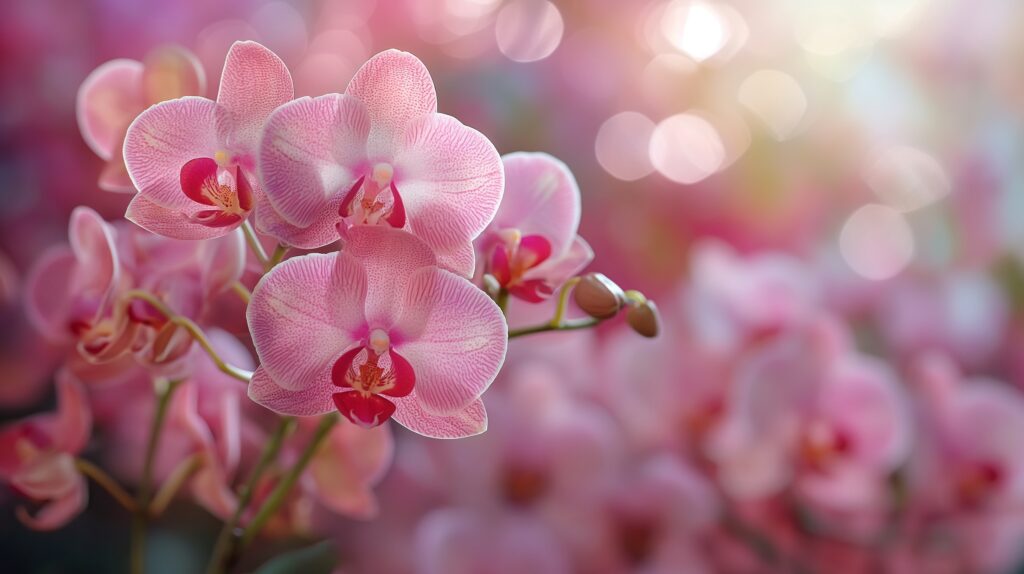An extraordinary orchid known as Rhizanthella spends its entire life hidden beneath the soil, where it blooms unseen and survives in a unique partnership with a fungus. Unlike most plants, Rhizanthella has no leaves and relies completely on nutrients provided by a fungus that connects both to the soil and to the roots of the broom bush (Melaleuca uncinata).
This mysterious orchid was first discovered by chance in 1928, when a farmer ploughing a field in Western Australia unearthed its buried flowers. Nearly a century later, Rhizanthella remains incredibly difficult to find. Botanists must search for suitable habitat and gently remove layers of soil to uncover its hidden reddish blooms, which are wrapped in creamy-pink bracts and release a rich, vanilla-like scent. The flowers are thought to be pollinated by termites or small flies.
There are only five known species of Rhizanthella, all among the rarest orchids on Earth. With very few plants remaining, they face an extreme risk of extinction due to habitat loss and drought intensified by climate change.
To save this elusive species, botanist Kingsley Dixon of the University of Western Australia is leading conservation efforts. His team is cultivating the essential fungus alongside orchid seeds in laboratory conditions and then transplanting them onto Melaleuca bushes grown in pots. The work offers a rare chance to preserve one of nature’s most remarkable and secretive plants—an orchid that lives, feeds, and flowers entirely underground.


